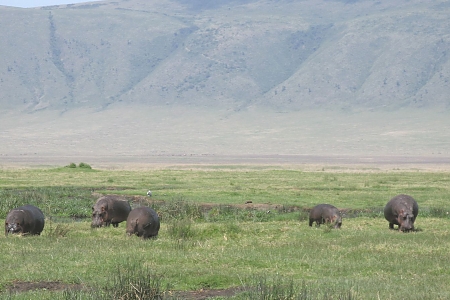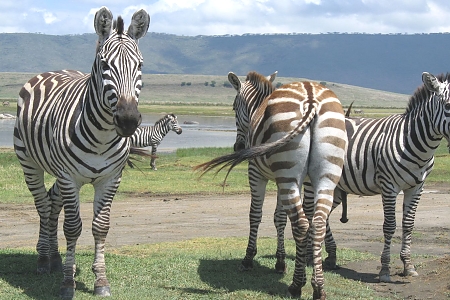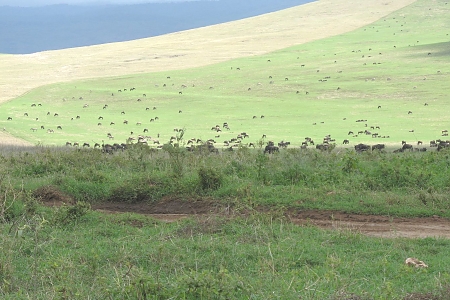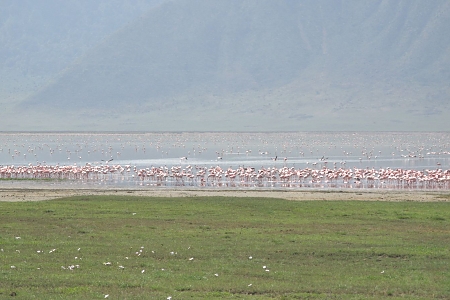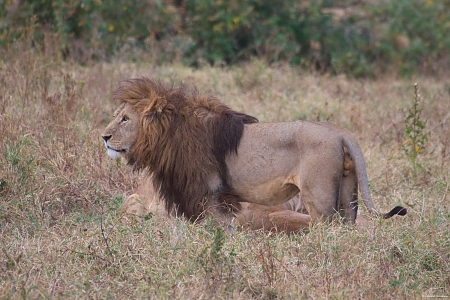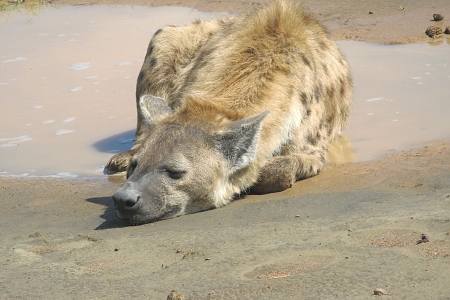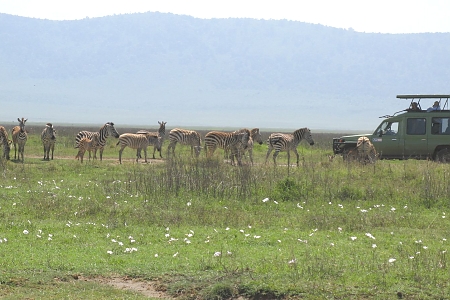Ngorongoro Crater, standing at an impressive 2,286 meters above sea level, is the world's largest unbroken caldera. Located just 199 kilometers from Arusha town, this natural marvel is surrounded by steep walls rising 600 meters from the crater floor. Designated a UNESCO World Heritage Site, Ngorongoro Crater is the crown jewel of the Ngorongoro Conservation Area, which extends from Lake Eyasi in the southwest to the Gol Mountains in the north.
Olduvai Gorge: A Window to Human Evolution
Situated within the Ngorongoro Conservation Area, Olduvai Gorge is a site of immense archaeological significance. It was here that Dr. Louis Leakey discovered the remains of Homo habilis, or "handy man," considered to be mankind's first step on the ladder of human evolution. The gorge, approximately 50 kilometers long and up to 90 meters deep, features important archaeological sites, a visitors' viewing platform, and a museum. It offers a fascinating glimpse into our ancient past.
Wildlife and Natural Beauty
The Ngorongoro Conservation Area is a vast expanse that encompasses active volcanoes, mountains, archaeological sites, rolling plains, forests, lakes, and dunes. The Ngorongoro Crater itself is a breathtaking sight, offering sensational views from its rim. On the crater floor, a diverse landscape awaits, including grasslands, swamps, lakes, rivers, woodlands, and mountains, creating a haven for wildlife.
Wildlife Diversity
The Ngorongoro Crater is home to an estimated 25,000 large mammals, predominantly grazers such as gazelles, buffalo, eland, hartebeest, and warthogs. Interestingly, giraffes are scarce in the crater due to the lack of suitable food at tree level, while topi are absent due to intense competition with wildebeest. Impalas are also notably absent. The crater's elephant population is predominantly male, adding to its unique character. Additionally, a small number of black rhinos can be found here. The birdlife in the area is largely seasonal, influenced by the soda to fresh water ratio in Lake Magadi on the crater floor.
Beyond the Crater
In the northern, remote part of the Ngorongoro Conservation Area, you'll discover Olmoti and Empakaai Craters, Lake Natron, and Oldoinyo Lengai, the "Mountain of God" as named by the Maasai. Lake Natron is renowned as the only known breeding ground for East Africa's flamingoes, adding a splash of vibrant color to the landscape. The area also boasts the Engakura Ruins, a terraced stone city and complex irrigation system whose origins remain shrouded in mystery.
Plan Your Visit
A visit to Ngorongoro Crater promises an unforgettable experience, combining stunning natural beauty with unparalleled wildlife viewing opportunities. Whether you're exploring the crater floor or discovering the ancient wonders of Olduvai Gorge, the Ngorongoro Conservation Area is a destination like no other. Join Wonders of Creation Tours and Safaris on a journey to discover the wonders of Ngorongoro.


